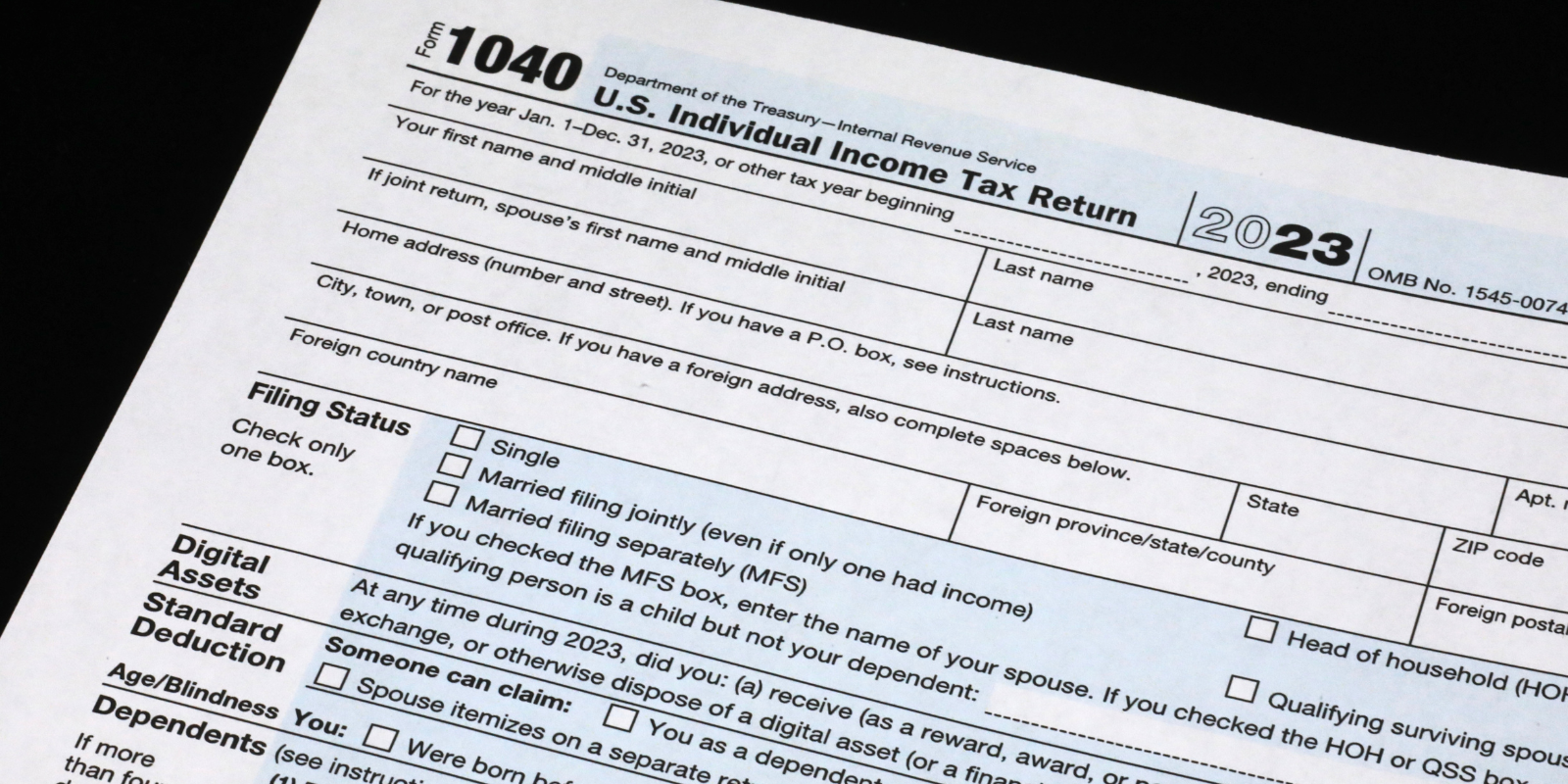Donald Trump’s tax plan would cut taxes for the wealthiest Americans, whereas Kamala Harris’ plan would cut taxes for everyone but the wealthy. That’s the takeaway from a new analysis of the two candidates’ tax plans.
Large majorities of Americans say they are bothered that corporations and the wealthy don’t pay their fair share in taxes.
According to a 2023 survey by the Pew Research Center, six out of 10 adults said this bothers them “a lot.” An additional two out of 10 said it bothers them “some” and approximately one out of 10 said “not much.” Taken together, that’s nine out of 10 respondents who don’t like that our nation’s highest earners fail to contribute enough.
Those results are likely to worsen if Trump becomes president again.
Trump’s tax and economic proposals would, in 2026, cut taxes for the richest 5% of Americans and increase them for everyone else, according to an analysis by the Institute on Taxation and Economic Policy (ITEP).
On the other hand, as ITEP announced Wednesday, Vice President Kamala Harris’s proposals would do just the opposite.
If her tax proposals are in effect in 2026, the richest 1% would pay an average of 4.1% of their income more in taxes while those in all other income groups would receive tax cuts. That includes an average tax cut of 2.7% for middle class families and an average tax cut of 7% for the poorest Americans.
ITEP looked at what Trump’s tax proposals for a second term in office would do: Extend the temporary provisions in the 2017 tax law that are set to expire in 2025;; reduce the corporate tax rate to 20% and then to 15%; repeal green energy tax credits enacted as part of the Inflation Reduction Act; and impose a new 20% tariff on imported goods.
By 2026, according to ITEP, the top 5% of earners would see lower tax bills under Trump’s plan, and more specifically, the richest 1% would save about $36,320 a year. That’s more than the annual income of the poorest 20% of families — who, under Trump’s plan, would be forced to pay an additional $790 in taxes a year, or nearly 5% percent of their income. Every other income group would also pay higher taxes, according to the ITEP analysis.
Under Harris’ tax plan, the richest 1% of Americans would see an average tax increase equal to 4.1% percent of their income, and those in other income groups would see tax cuts averaging from 2.7%-7% depending on how much they earn per year.
ITEP analyzed various elements of Harris’ tax plan. It would extend the provisions in the 2017 tax law fully for those with annual incomes of under $400,000; help workers and families defray the costs of child care and housing and making health care more affordable for them; increase taxes on the wealthy to better fund Medicare; scale back tax breaks on capital gains and dividends for those making over $1 million a year; and reform the corporate tax code to close longstanding loopholes.
As memories of high inflation are still fresh in the minds of many families, Trump’s tax proposals would further reduce their purchasing power, whereas Harris’ proposals would help working people and those of limited means.
Although Trump has promised to be a champion of the middle class, his tax plans for a second term tell an entirely different story. Harris, by contrast, would stay true to her word to unrig our tax system by making the wealthy pay their fair share.
